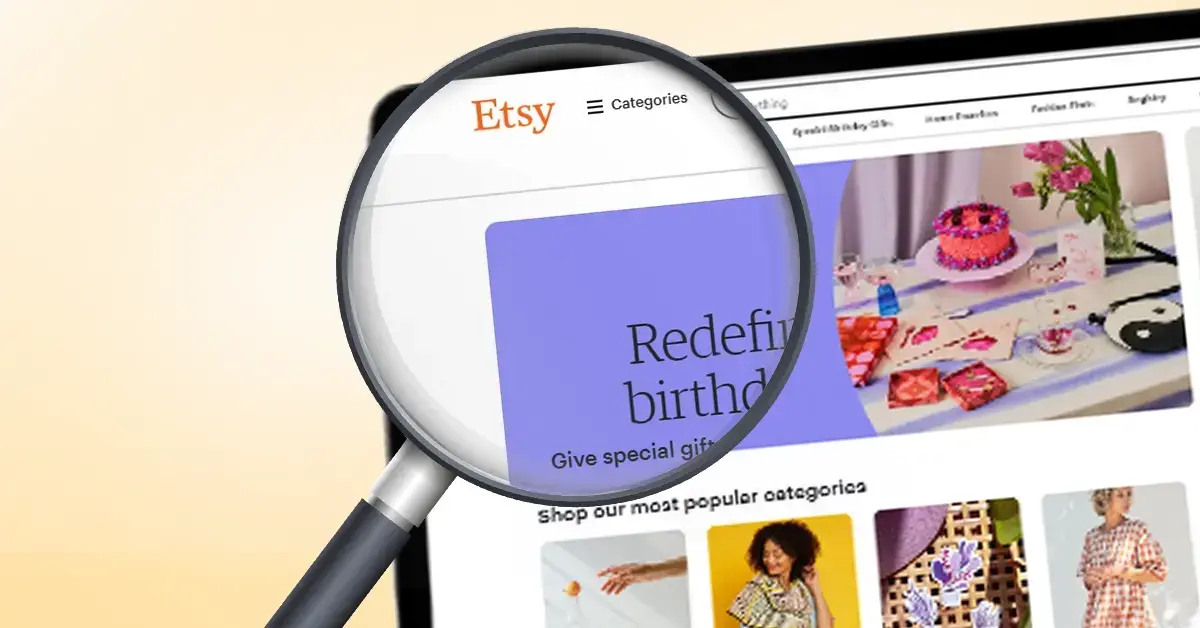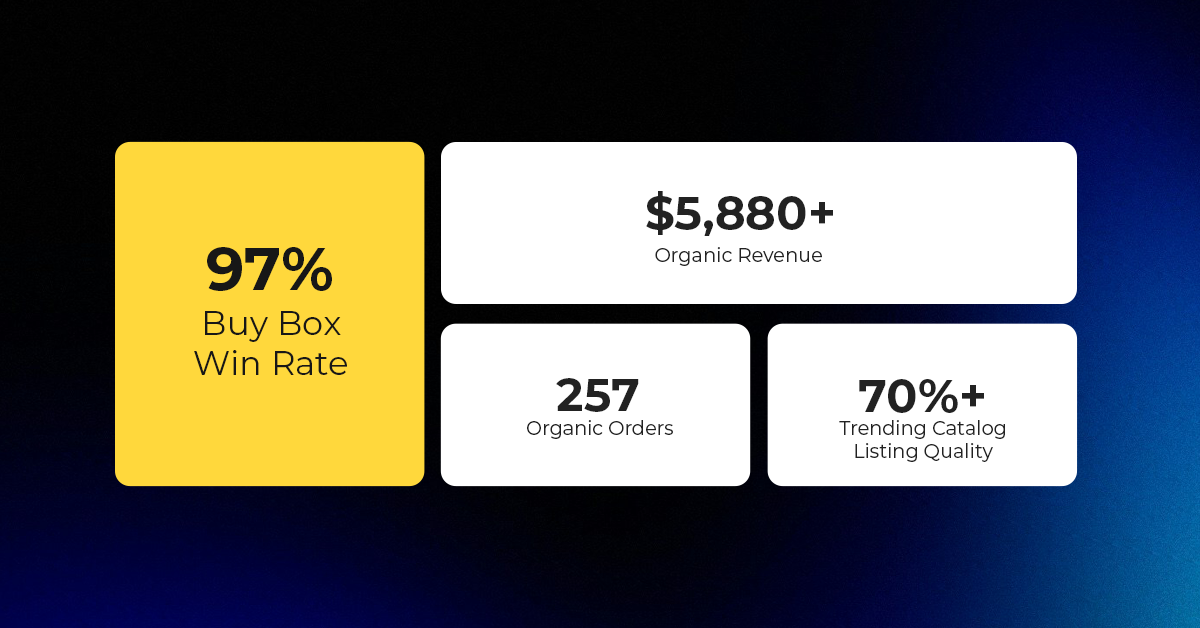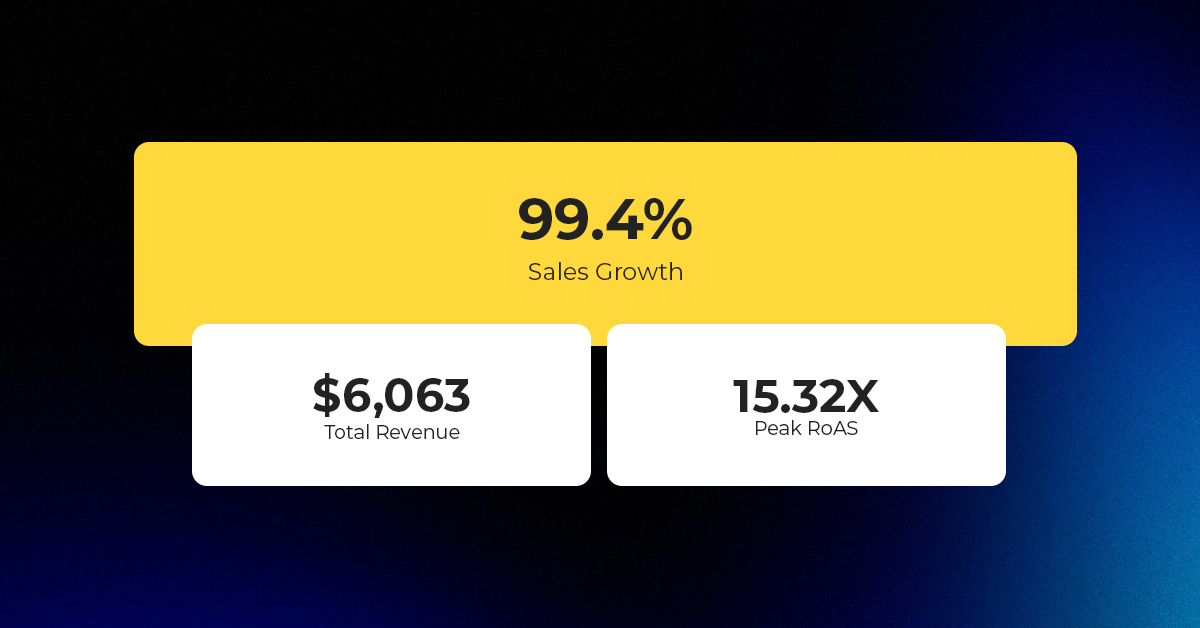Etsy Expands Payments Policy Globally; Instant Transfers Go Live for US Sellers
Reading Time: 3 minutesWhat’s changed Etsy has rolled out major updates to its Etsy Payments…
Omnichannel strategy is undoubtedly helpful in staying ahead of the competitors. Gone are the days when with a single website (or one sales channel) a seller was in a position to gather ample visibility for the online store and eventually enhance business profitability.
Nowadays,9 in 10 shoppers prefer to navigate at least two or more channels. And many shoppers love to explore even more channels before finalizing the purchase. Hence the approach above is dated and can better be replaced with an omnichannel strategy.
Omnichannel retail refers to leveraging every touchpoint between the brand and the customer by delivering a consistent brand experience across all channels. As a result, it deepens the customer relationship with the brand.
It is a holistic approach that considers the shift in customer shopping behavior and prepares merchants to cater to it without compromising the shopping experience.
Therefore, the essence of omnichannel strategy lies in enabling unforgettable shopping experiences.
The omnichannel strategy also unites the best of both online channels and physical stores. It allows businesses to benefit from the combined strength. Hence, a competitive edge in impressing customers.
The majority of shoppers are interested in going through multiple channels. Despite all the hype of Amazon prime, 76% of shoppers are likely to visit other channels before purchasing from Amazon. These channels can belong to Amazon or its competitors. But, an excellent omnichannel strategy will ensure customers may visit different places, but these all belong to a single brand.
An obvious question arises: why do shoppers switch between numerous channels?
Customers, initially with product comparison intention, explore different sites. But also experience similar brand voice, personalized messaging, and engaging content considering their current journey stage.
It strengthens their belief that they are in the right place. Therefore, customers are more likely to engage with brands capable of having multiple interactions covering all stages of shopping.
First-time shoppers are a bit skeptical and tend to do loads of research visiting various channels. They are pleased with finding a consistent brand experience on multiple channels. As a result, they have no qualms about giving it a shot.
Therefore, if you are a newbie, embrace the omnichannel strategy to speed up trust-building with your customers.
The aforementioned facts have highlighted the significant advantage of adopting a multichannel strategy.
Hence, there is no denying that an omnichannel strategy is one of the best approaches to convincing a higher number of shoppers, irrespective of business size and other parameters.
The omnichannel strategy ensures customers interact with the brand on every channel(online or offline). Enabling more avenues is directly proportional to the following.
Customers no longer tend to stick to a single channel for shopping. They keep hopping between several sites or even switching from online to offline. The omnichannel approach ensures sellers have the opportunity to meet them on any or many platforms.
The best part of meeting customers where they are is that customers feel valued. Such customers with consistent brand experience have a high potential to be loyal to the brand. And we know loyal customers are the best brand advocates.
Moreover, customers also get the choice to make purchases more conveniently.
An amazingly high level of personalization is possible with an omnichannel strategy. Customers will respond positively by taking the desired action. More importantly, it builds trust about their needs being truly understood.
As a result, it increases repeat purchases and allows sellers to leverage customer lifetime value.
The omnichannel ecosystem establishes well-defined connections between all essential business aspects like sales, customer service, inventory, and more. Therefore, all these work together to fetch the best results in an enhanced shopping experience.
Moreover, this data can also be used to benefits in following ways
The Omnichannel ecosystem is built to engage customers more times than any other approach. Hence, It fetches loads of valuable customer insights. It lets merchants understand the buyer’s journey and behavior through multiple perspectives.
Therefore, sellers are in a position to make data-informed decisions. As a result, the target audience is never off the radar.
We can rightly conclude omnichannel retail is no longer an option but an opportunity for merchants who desire to capture maximum business leads and deliver impeccable customer experience to all shoppers across every touch point from first to the last.
Consistency is the key focus element to developing a successful Omni channel campaign. The omnichannel retail approach demands your brand to deliver a consistent message across all platforms. Moreover, ensures customers feel the same ease and familiarity during interaction with business at every touchpoint.
The apt CTA for social media ads is a mobile website, and that for email is a link to schedule a meeting.
Customers now interact with brands at multiple stages of the shopping journey. Moreover, sellers must also know that a renowned marketplace (even on days with huge discounts) is no exception to an omnichannel strategy.
The omnichannel strategy ensures only relevant content is shared across all channels. Adhering to the abovementioned tactics will establish a robust omnichannel ecosystem for your brand. Thereby uprooting any scenario of putting off customers with old-school marketing tactics.

Reading Time: 3 minutesWhat’s changed Etsy has rolled out major updates to its Etsy Payments…

Reading Time: 2 minutesWhat’s changed Walmart has introduced a new Shipping Score metric within its…

Reading Time: 3 minutesWhat’s changed Amazon has announced an additional $35 billion investment in India…

Reading Time: 4 minutesAbout the Brand: 40ParkLane LLC Studio40ParkLane is a design-led print-on-demand brand created…

Reading Time: 3 minutesAbout the Company Brand Name: David Protein Industry: Health & Nutrition (Protein…

Reading Time: 3 minutesOnline retail spending in Germany is entering a renewed growth phase after…

Reading Time: 4 minutesTikTok Shop has released a comprehensive Beauty and Personal Care Products Policy,…

Reading Time: 4 minutesTikTok Shop has formally outlined comprehensive requirements for expiration date labeling and…

Reading Time: 3 minutesTikTok Shop is raising its sales commission for merchants across five active…

Reading Time: 11 minutesBy now you have seen your BFCM 2025 numbers. The harder question…

Reading Time: 3 minutesAbout the Brand Name: Vanity Slabs Inc Industry: Trading Slabs- Vanity Slabs…

Reading Time: 2 minutesAbout the Brand Name: Ramjet.com Industry: Automotive Parts & Accessories Location: United…

Reading Time: 2 minutesAmazon is rolling out strategic referral fee reductions across five major European…

Reading Time: 4 minutesQuick Summary: Scaling Lifestyle Powersports on eBay with CedCommerce Challenge: Zero marketplace…

Reading Time: 4 minutesTikTok has surpassed 460 million users across Southeast Asia, reinforcing its position…

Reading Time: 3 minuteseBay has released its final seller news update for 2025, with a…

Reading Time: 3 minutesAmazon has clarified its stance regarding speculation around a potential breakup between…

Reading Time: 4 minutesWalmart is accelerating its push into next-generation fulfillment by expanding its drone…

Reading Time: 4 minutesFaire, the fast-growing wholesale marketplace connecting independent retailers with emerging brands, has…

Reading Time: 4 minutesB2B buying in the United States is undergoing a fundamental behavioral shift…